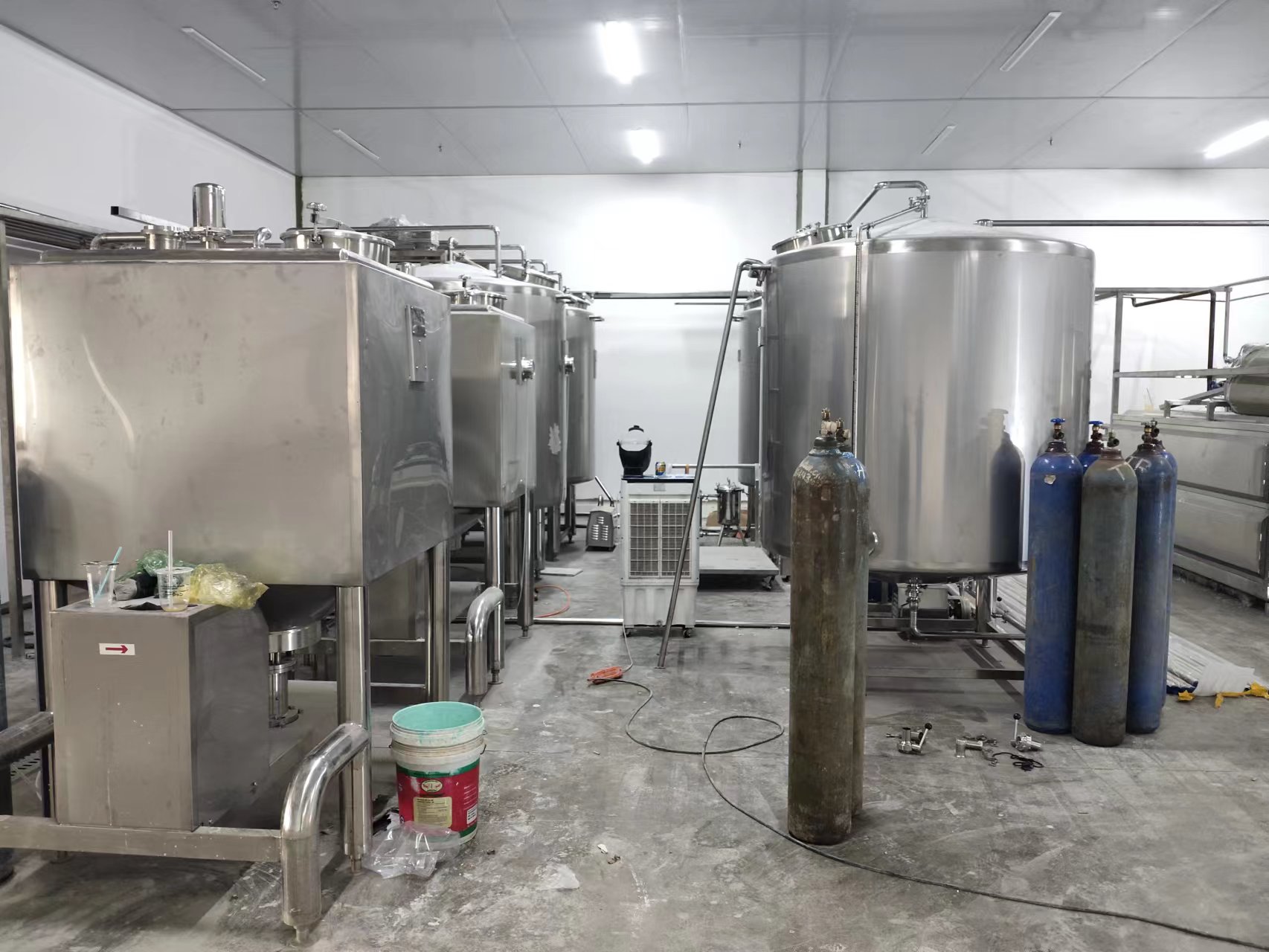Call Us
+86-15800763021
Send Us
Add
775 Chihua Road, Zhelin Town, Fengxian District, Shanghai
- All
- Product Name
- Product Keyword
- Product Model
- Product Summary
- Product Description
- Multi Field Search
Views: 0 Author: Site Editor Publish Time: 2024-01-06 Origin: Site









Introduction:
Yogurt is a popular dairy product known for its creamy texture and health benefits. It is produced through a series of carefully controlled processes that ensure the growth of beneficial bacteria and the creation of a smooth and delicious final product. In this article, we will explore the step-by-step process of yogurt production, providing a comprehensive flowchart to visualize the various stages involved.
Yogurt Production Process Flowchart:
1. Milk Collection and Testing:
- The process begins with the collection of fresh, high-quality milk from dairy farms.
- The milk is then subjected to rigorous testing to ensure its safety and quality. Parameters such as fat content, protein levels, and bacterial counts are assessed.
2. Milk Pasteurization:
- The collected milk is heated to a specific temperature (usually around 85-90°C) to eliminate harmful bacteria and extend its shelf life.
- Pasteurization helps in preserving the nutritional value of milk while ensuring its safety for consumption.
3. Cooling:
- The pasteurized milk is rapidly cooled to a temperature of around 43-45°C to create an ideal environment for the growth of yogurt cultures.
- This cooling process is essential to prevent the heat from killing the beneficial bacteria that will ferment the milk.
4. Inoculation:
- Yogurt cultures, typically consisting of Lactobacillus bulgaricus and Streptococcus thermophilus, are added to the cooled milk.
- These cultures introduce the necessary bacteria that will convert lactose (milk sugar) into lactic acid, giving yogurt its characteristic tangy flavor and texture.
5. Incubation:
- The inoculated milk is then incubated at a controlled temperature (around 40-45°C) for a specific duration, typically 4-6 hours.
- During this time, the bacteria ferment the lactose, producing lactic acid and causing the milk to thicken and develop its creamy consistency.
6. Cooling and Stabilization:
- After incubation, the yogurt is rapidly cooled to halt the fermentation process.
- Additional ingredients such as fruit purees, flavors, or sweeteners may be added at this stage to enhance the taste and variety of yogurt products.
7. Packaging:
- The cooled and stabilized yogurt is transferred to packaging containers, such as cups, pouches, or tubs.
- Packaging materials are chosen to maintain product freshness, prevent contamination, and provide convenient storage and consumption options for consumers.
8. Cold Storage and Distribution:
- The packaged yogurt is stored in cold storage facilities to maintain its quality and extend its shelf life.
- It is then distributed to retail stores, supermarkets, or directly to consumers, ensuring timely delivery to maintain product freshness.
Conclusion:
The production of yogurt involves a series of precise steps, from milk collection to packaging and distribution. Each stage plays a crucial role in ensuring the safety, quality, and taste of the final product. Understanding the flowchart of yogurt production helps us appreciate the intricate process behind this beloved dairy delight and the efforts involved in delivering a delicious and nutritious product to consumers worldwide.